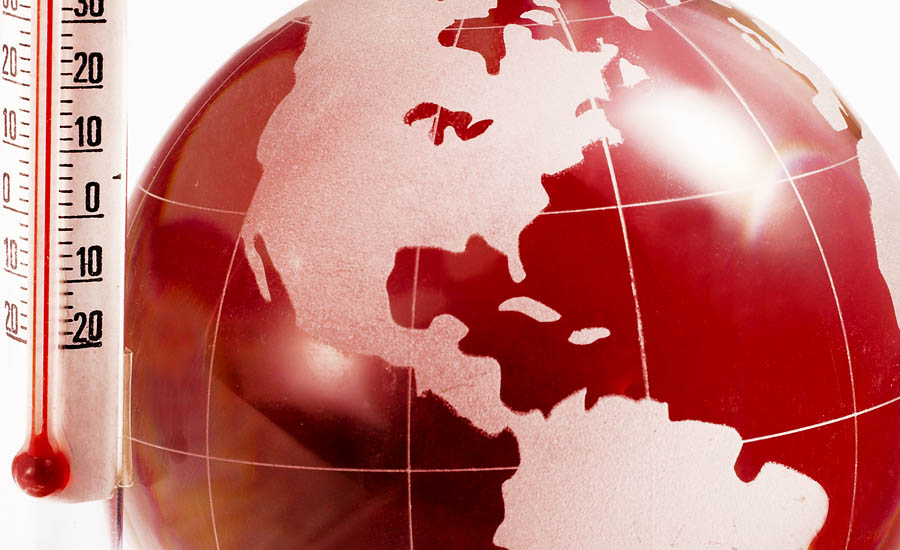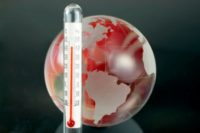The heat is on – in late July nearly 100 million Americans across some 28 states were under heat advisories and excessive heat warnings. Nearly 2,000 people in Spain and Portugal have died of heat-related causes. London has seen record-setting temperatures above 100 degrees. A month ago, Yellowstone National Park was drowning in a 500-year flood. In mid-July wildfires threatened treasured giant sequoias in Yosemite National Park.
As I write this in late July, OSHA’s homepage is replete with heat warnings.
Heat is a clear and present danger
President Joe Biden has stopped just short of declaring a climate emergency. His administration’s ambitious plans to battle climate change have been thwarted by Washington gridlock – and still the debate if climate change is indeed a clear and present danger.
As one friend told me, “Hey, it’s July. It’s always hot in July. Live with it.”
In OSHA’s A-Z topic index, which covers just about any issue relating to EHS, you won’t find climate change under “C.” I can hear OSHA say, “But this is an environmental issue. An EPA issue.” Don’t agree. Extreme weather equals emergency preparedness equals business continuity. Throw in the safety of lone workers. Calling all safety professionals.
Go to the American Society of Safety Professionals (ASSP) website and search for “climate change.” You find plenty on “safety climate” but nothing, at least that I could find, on “climate change.”
Polls show about 75 percent of Americans believe the climate is heating up. Still, a 2021 poll found nearly 10 percent of U.S. adults didn’t believe global warming is occurring at all, nearly a quarter believe the climate is changing, but it’s not the fault of humans. Fourteen percent don’t know what to think.
Do your research
Opinions are most divisive over a risk-related question: will climate change harm you personally? A 2021 Yale poll found a split (47 percent yes – 45 percent no). OK, so maybe baby boomers and older adults get a pass. But their kids?
Ok, you call a safety meeting to discuss your heat illness prevention program. Do you use this as an opportunity to educate employees about global warming, the evidence, the risks?
Save this for a separate meeting. First, deal with the imminent threat. Focus on heat illness general education, what you and your company are doing to prevent heat illness, what employees should do for themselves and coworkers. Maybe bring up OSHA’s national emphasis enforcement program on indoor and outdoor heat-related hazards kicked off in April, and its plans for a heat illness prevention standard.
Climate change does have safety and health consequences and deserves to be discussed. Some professionals are more aggressive than others in addressing it. AIHA, the association of industrial hygienists, has a climate change adaptation task force and several blogs on climate change. It wants professionals to be important players in climate change planning, prevention, mitigation, response and recovery.
If you want to follow AIHA’s lead and educate your employees in the safety and health aspects of climate change, use your leadership skills. Research the subject. Stick to the facts. Hard evidence. Acknowledge different opinions. Don’t stifle them, but don’t let opinions dominate the meeting. Been there, done that too many times in safety meetings. Topics such as behavior-based safety, incentive programs or issuing wearables to monitor employees come to mind. With climate change, you’re trying to raise awareness of the safety and health issues. You’re educating, not trying to win an argument.




